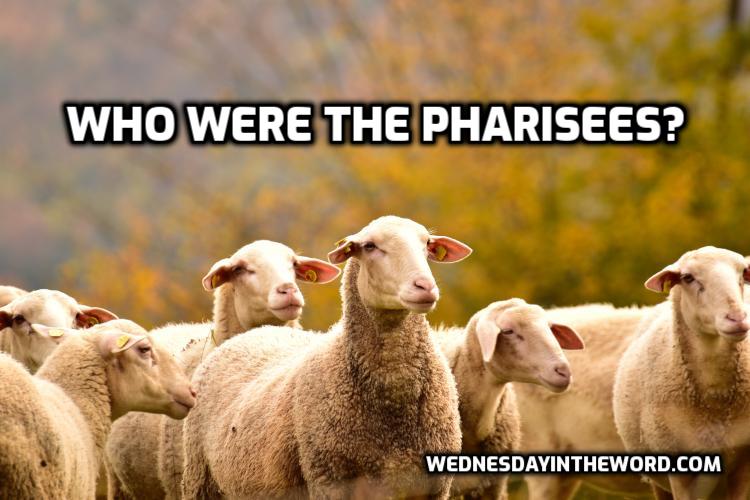
Who were the Sadducees?
The Sadducees were linked with the high priesthood and power. The party grew out of the aristocratic Sanhedrin.

The Sadducees were linked with the high priesthood and power. The party grew out of the aristocratic Sanhedrin.

The ancient historian Flavius Josephus identifies four rival religious philosophies among the Jews at the time of Jesus: Pharisees, Sadducees, Essenes, and Zealots.